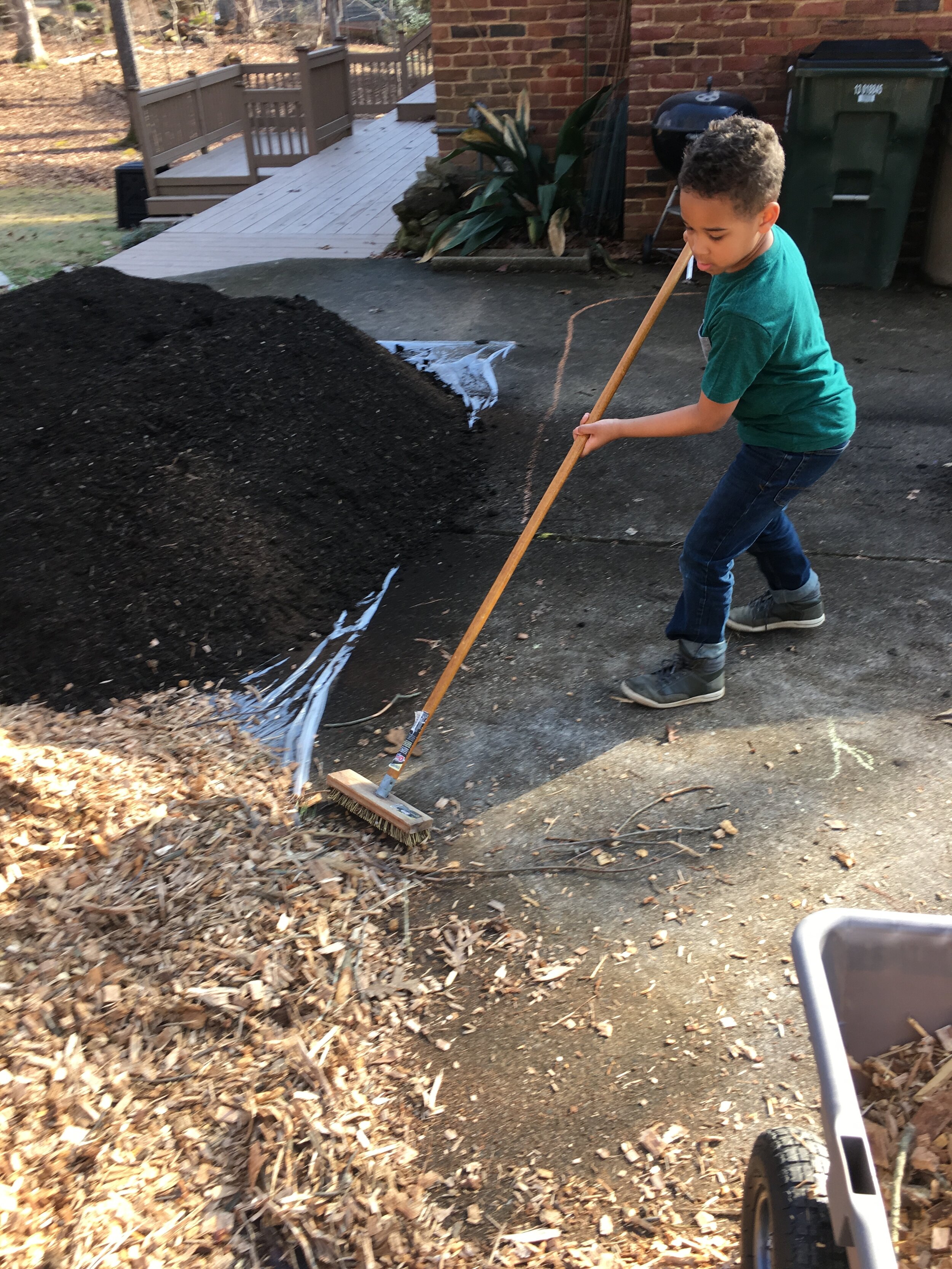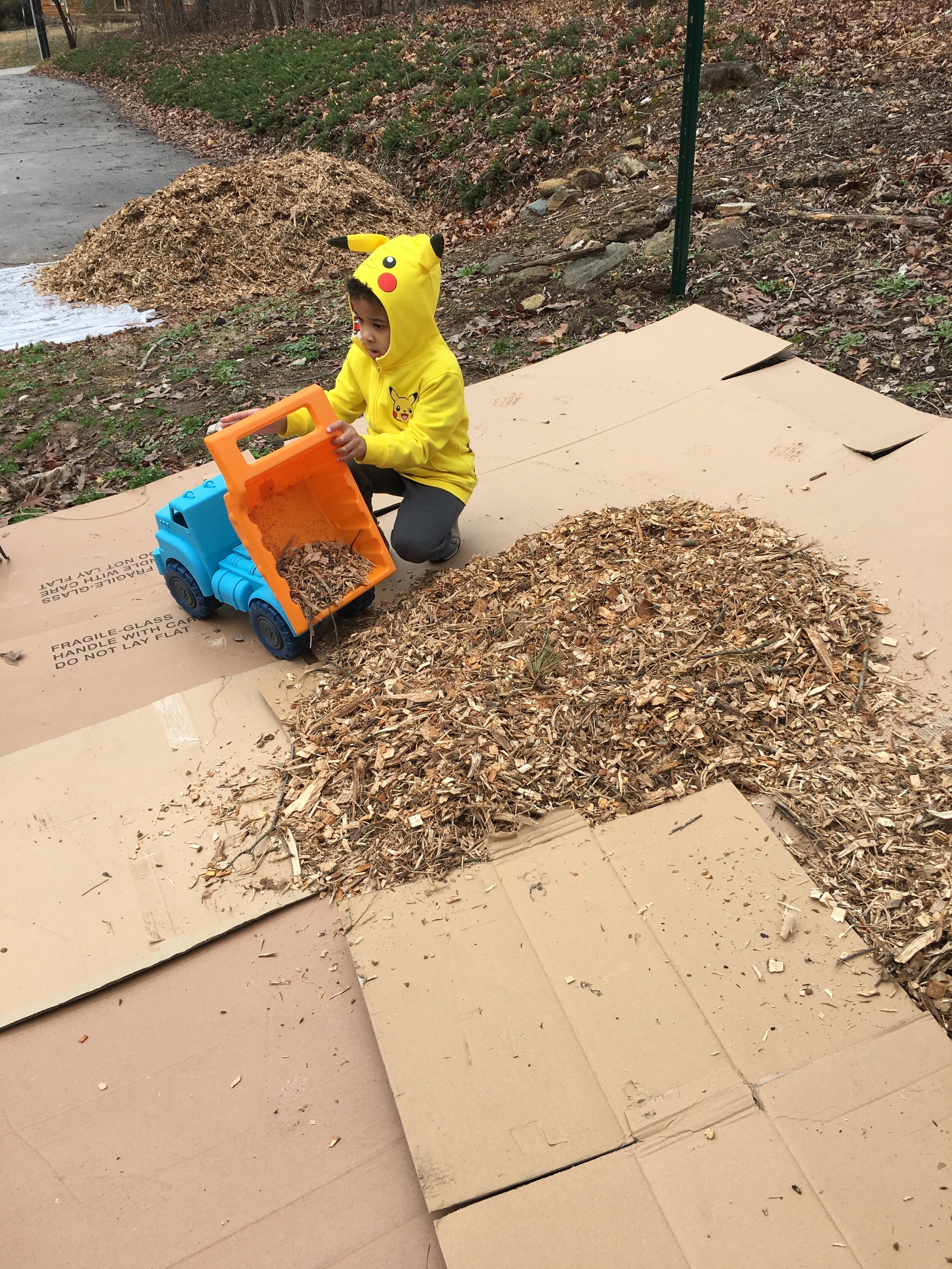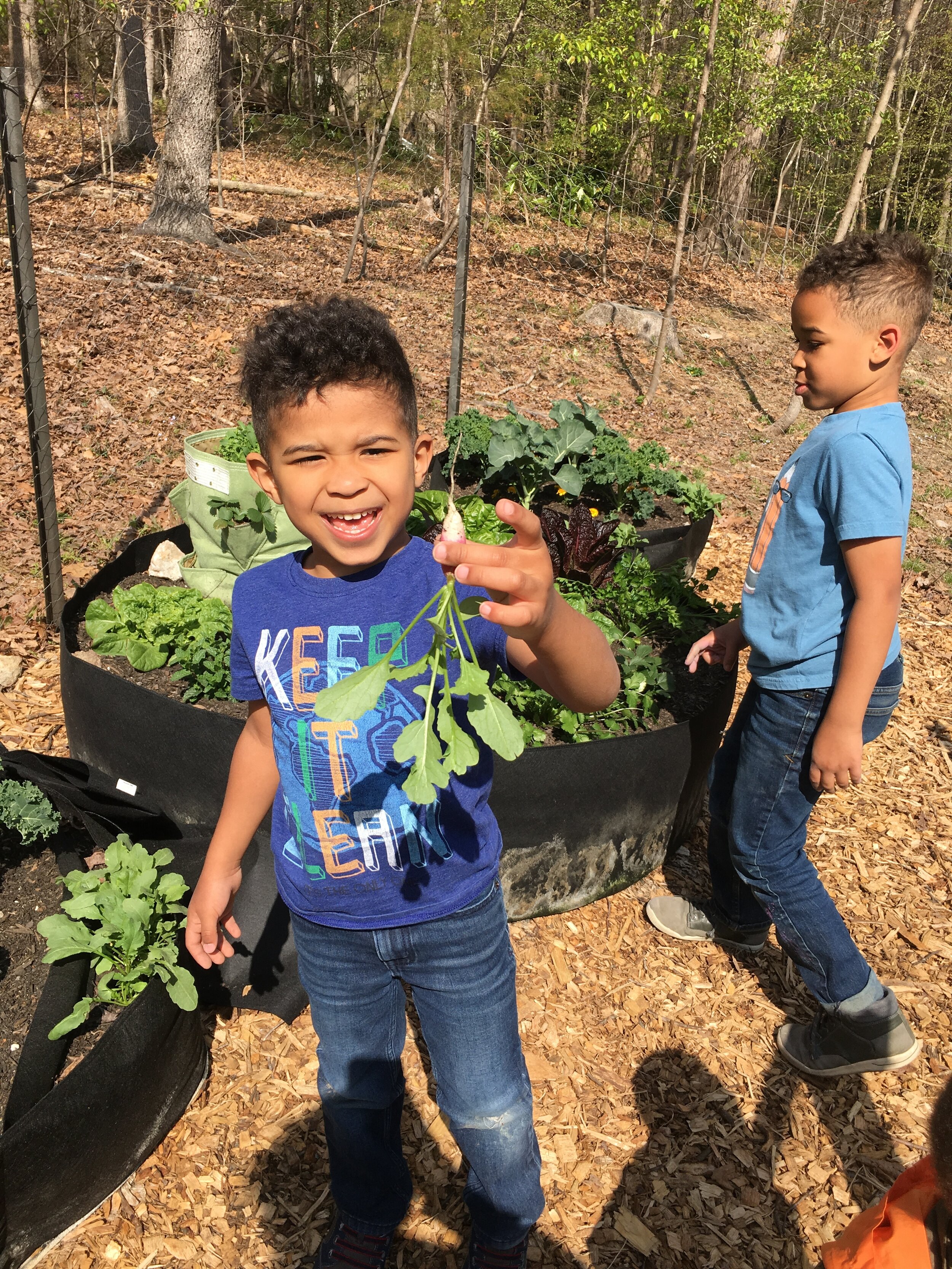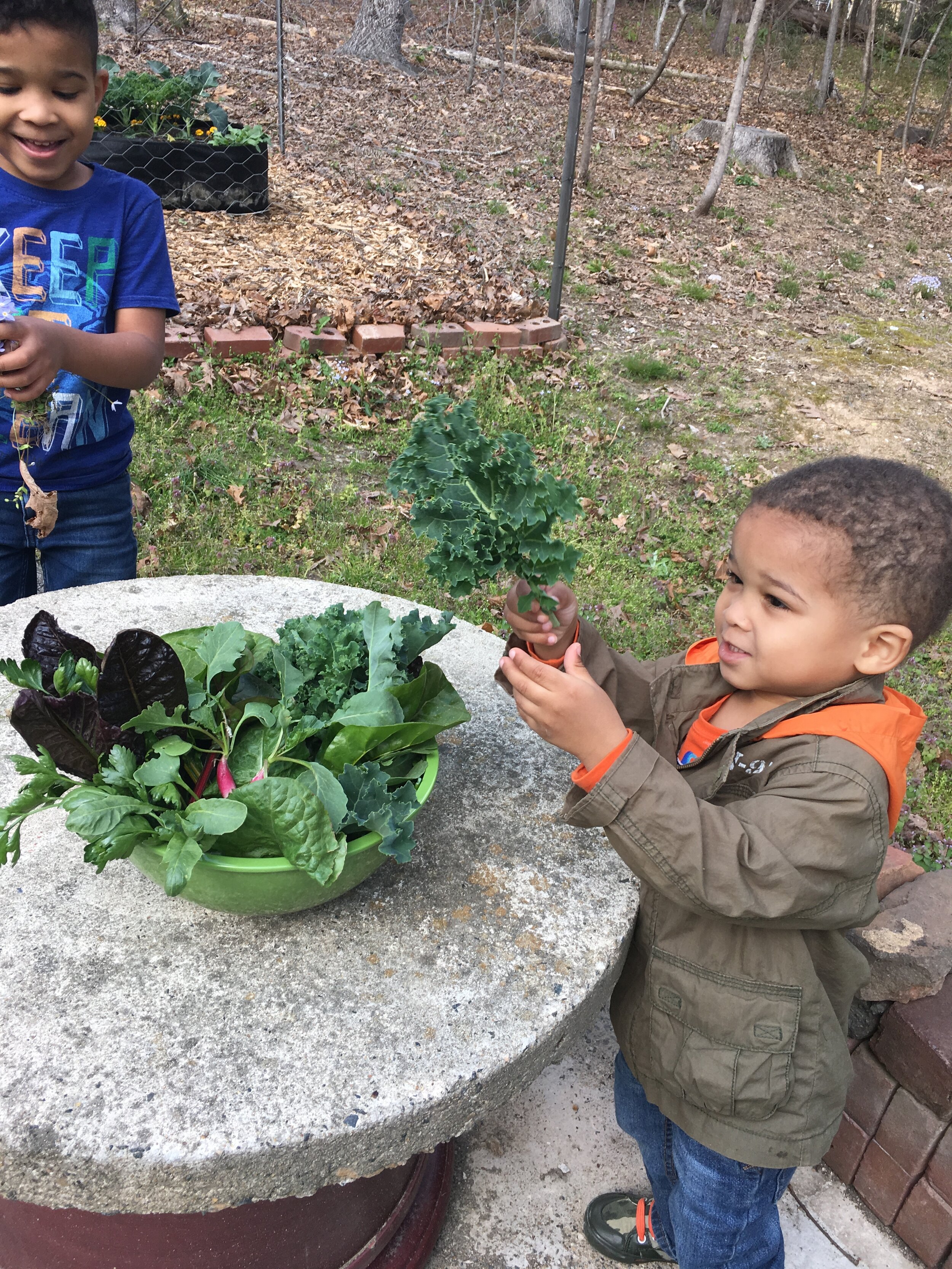Originally written June 11, 2017
Life is continuously being woven, unraveled through storytelling. From cave paintings to memes, humanity has used words and images to capture, examine, and explain what it means to exist with nature, and with each other. On a smaller scale, we often think of the arc of our lives as a story we might fondly –or hauntingly– recall in our golden years. Be it grand or modest, we are creatures that crave a plotline. Story is simply how we humans make sense of this chaotic thing called life.
But what does narrative have to do with “homesteading” on any scale, or environmental stewardship? Honestly, personal narrative can be applied to any long term goal. This is what makes it a useful tool for working towards a more sustainable lifestyle, because building resilience and sufficiency into your habits and home takes time. And pursuing goals over a long period of time, takes stamina and persistence. So when we sit and ruminate on, make lists for, and journal entry this intention… when we day-dream about our passions, and the good work we hope to do, that is a form of story-making.
Whether motivated by bucolic romance, social justice, or developing more personal agency, something inspires us to start a journey towards a worthy cause…or a quest (if you will). There is an origin, an intended path – perhaps we even anticipate challenges along the way – and finally, there is a goal we hope to achieve. All of those components form a personal narrative with ourselves as the protagonist. Often, and to our detriment, we shrug off our dreams and quests as impractical pursuits, or too great of a risk, instead of seeing them as the building blocks of a story that can become our reality; and we miss out on the powerful thing that happens when we consider our lives through a narrative lens.
When we set out to accomplish something with the perspective of a story in mind, we are more intentional about the decisions, and choices that we make. We consider cause and effect, desired outcomes vs. undesirable consequences. We think with imagery and language that evokes passion. And most importantly, we create a memory of this story that can be recalled when our hope needs help. A story can be a rudder that guides our path, regardless of how choppy the water becomes. And even a dream as simple as living lightly on the earth deserves the support of a vibrant, intentional story.
This is where our family started; painting in broad strokes, imagining how our future might play out, and what defined “arrival” for this stage in our lives. It was the talk that bubbled up over coffee on a sunday morning, or drifted across the table during a quiet dinner after the babies were asleep. In those loose, non-plans, there were seeds of conviction, glimpses of beauty, and bigger-than-us ideas. I’m sure these types of conversations are familiar to you too. Listen to yourself… your conversations with friends, and loved ones. The dreams and ideas you utter in those moments – whether they’re clear or cloudy – deserve your attention. That’s your narrative taking shape.












